Stories from the Botanic Gardens
From what's blooming to the latest botanical science research, discover the stories that make the Botanic Gardens unforgettable places for science, horticulture and leisure.
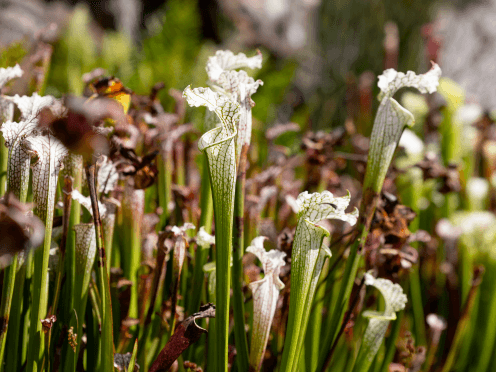
Three carnivorous plants to care for during the cooler seasons.
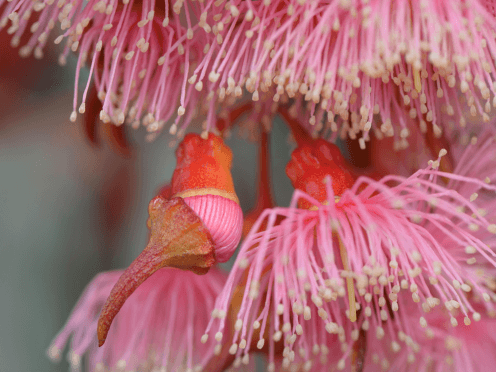
Eucalypts or gum trees are one of Australia’s most iconic plants. The scent of their oil alone evokes the bushland.
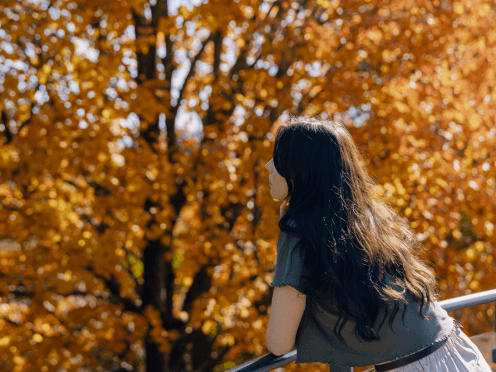
Immerse yourself in cool climate mountain maples, starry nights and magical mountain heights for a weekend roadtrip like no other.
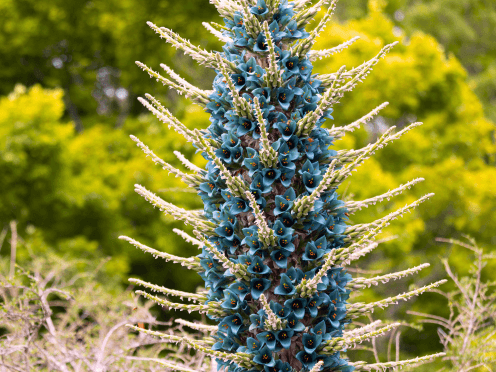
An extraordinary display of rare bright turquoise blooms are in flower for the next few weeks at the Blue Mountains Botanic Garden Mount Tomah.
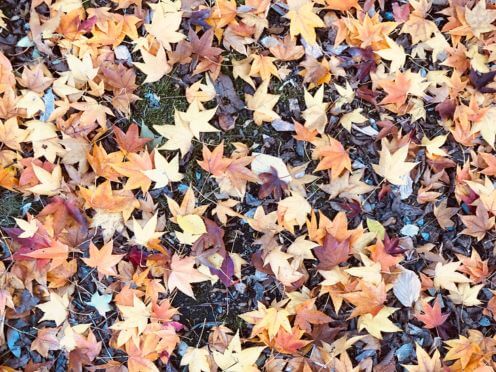
With a dense collection of cool climate trees nestled in amongst UNESCO World Heritage wilderness, the Blue Mountains Botanic Garden Mount Tomah is one of the best places to marvel at nature’s spectacular show of autumn colour.
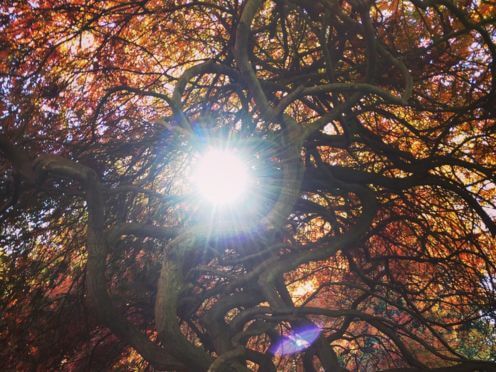
March may mark the official start of autumn but horticulturalists across Botanic Garden of Sydney’s three sites have already seen leaves changing colour for some weeks now.
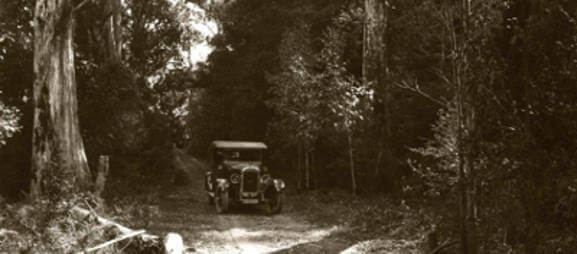
At 1,000 metres above sea level, Mount Tomah is the highest peak in the area and is a significant place to the Darug people, the traditional custodians of the land.
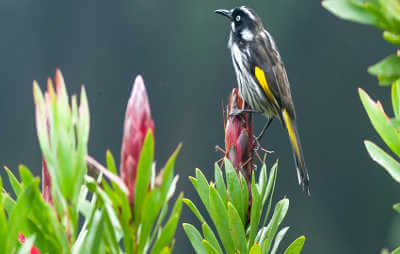
Keen to visit the Blue Mountains Botanic Garden Mount Tomah, but don’t think you have enough time to do it justice? Think again the Garden is perfect.

Providing some of the most vibrant colour in autumn gardens, delicious syrup and winged seeds which helicopter to the ground to the great delight of any child in the vicinity.
With flowers a universal symbol of romance, what better place to express adoration for your significant other than at the Blue Mountains Botanic Garden Mount Tomah.

From the King Protea to vibrant camellias, there’s plenty that blooms in a winter garden. Here are some of the plants blooming at the Blue Mountains Botanic Garden.
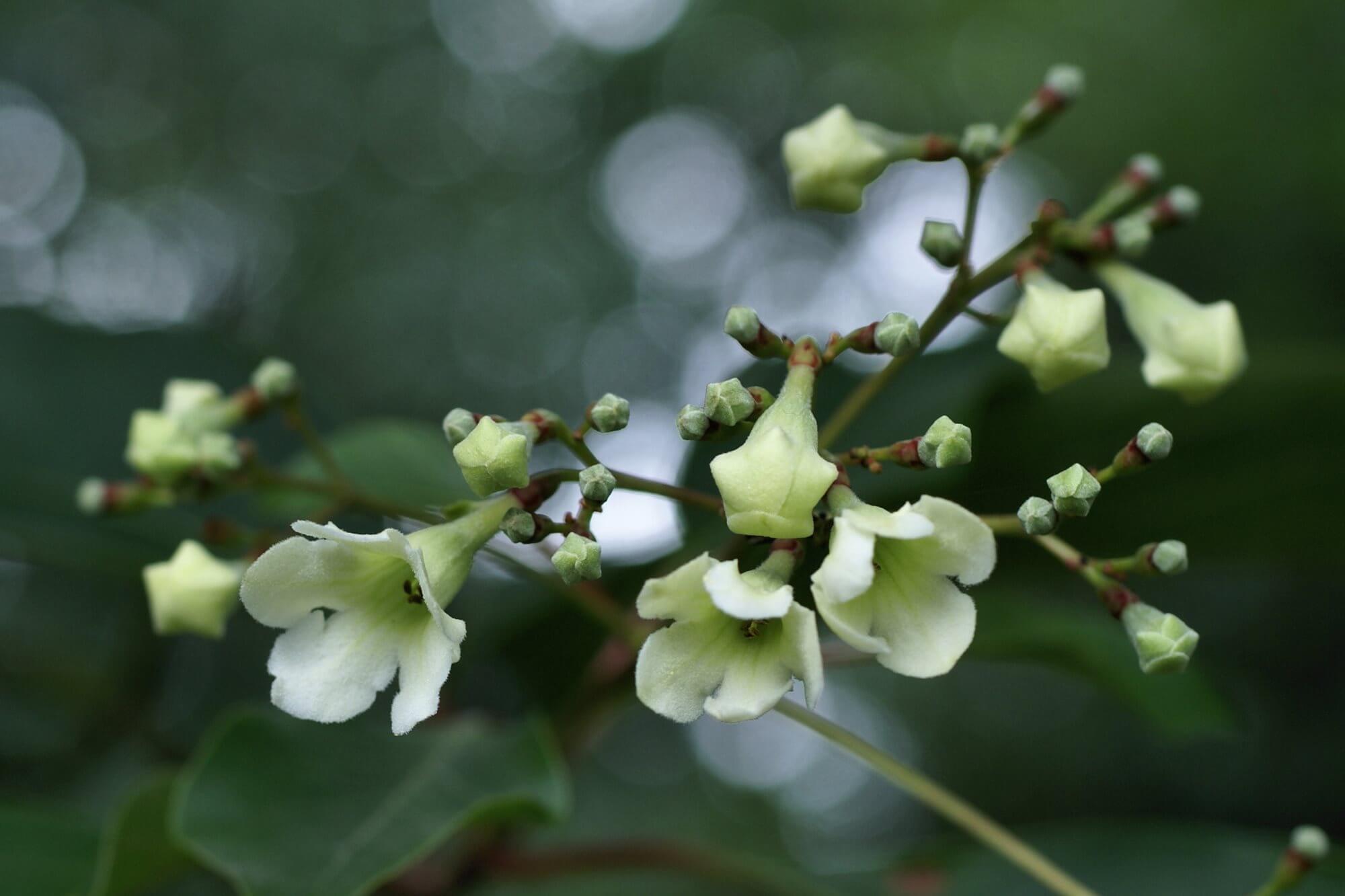
Emmenopterys henryi trees are particularly renowned for two things, it is one of the most strikingly beautiful trees of Chinese forests and often doesn’t bloom in its first 30 years.